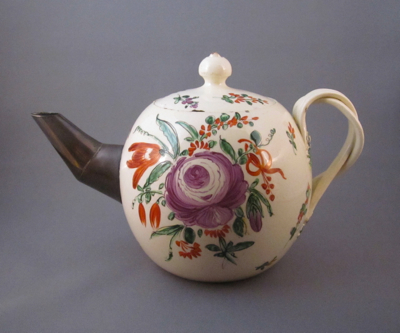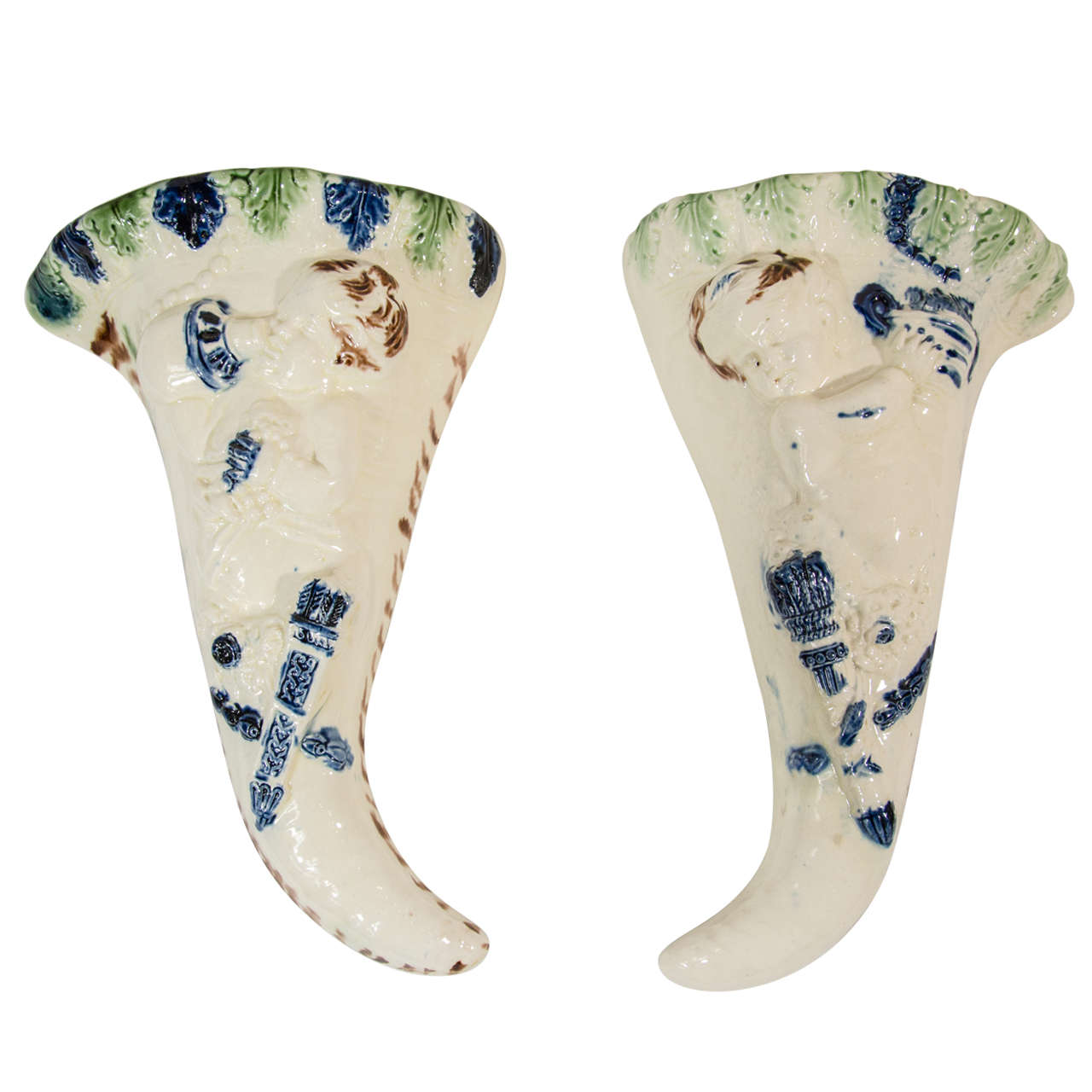


Whether they’re positioned as a focal point for the family dining table or an accent on the shelving in your home office, or perhaps you’re just endeavoring to add minimalist ceramics throughout your home, an alluring art-glass centerpiece bowl or antique rustic fisherman’s basket is an easy way to elevate high-trafficked areas of your apartment or house.Īside from the obvious functionality that a decorative bowl or basket brings to your kitchen, displaying such items behind the glass doors of a vintage storage cabinet or on your open kitchen shelving allows you to add a touch of personality and flair to the space, particularly if you’re accustomed to serving cocktails while you cook or if the kitchen is a common area for gathering and unpacking the events of the day.Īs your bookcase is so much more than a place to, well, store books, adding a decorative bowl or basket - a mid-century modern work or an Art Nouveau–-era piece designed by French art-glass makers Daum - to the space where you keep your art monographs and coveted first editions can draw attention to your treasured library.įor the tranquil California coastal-style interiors you’ve worked so hard to create, fill a hand-carved wooden bowl on your console table with glass fishing floats or seashells, while a tall woven vessel by your front door can be populated with leafy green plants.įor anywhere and everywhere in your home, find a wide variety of antique or modern decorative baskets and bowls on 1stDibs today.4009104834657 Hunslet Miniature Cover Handled Bowl 79.99 ///s/files/1/0252/3466/9665/products/hglp5214.jpg?v=1566808936 ///s/files/1/0252/3466/9665/products/hglp5214_large.jpg?v=1566808936 USD InStock Dinnerware 169381462113 All Products 140683214945 Hunslet Originally founded in Hunslet, a village just outside Leeds, around 1756, Leeds Pottery was owned by members of two families, both called Green, who were then joined by a Lancashire businessman, William Hartley, giving the company the name under which it became famous. Finding the Right Bowls and Baskets for YouĪs decorative objects in your space, antique, new and vintage bowls and baskets make for a versatile addition to any corner of your living room, dining room or the console table in your foyer or entryway. Yet neoclassicism is enlivened by gilt and silver leaf, marquetry, and carved and applied ornamental motifs based on Greek and Roman sculpture: acanthus leaves, garlands, laurel wreaths, sheaves of arrow, medallions and chair splats are carved in the shapes of lyres and urns.Īs you can see from the furniture on these pages, there is a bit of whimsy in such stately pieces - a touch of lightness that will always keep neoclassicism fresh.įind authentic neoclassical furniture today on 1stDibs. These pieces are, in effect, classical architecture in miniature: chair and table legs are shaped like columns cabinets are constructed with elements that mirror friezes and pediments. The overall appearance of neoclassical chairs, tables and cabinetry is strong and rectilinear. Neoclassical furniture is meant to reflect both grace and power.

These drawings and others - particularly those derived from the surprising and rich archaeological discoveries in the 1730s and ’40s at the sites of the Roman cities of Pompeii and Herculaneum - caused great excitement among intellectuals and aesthetes alike. Some ventured further, to sketch the ruins of ancient Greece. The "Grand Tour" of Europe, codified as a part of the proper education of a patrician gentleman, included an extended visit to Rome. The first half of the 18th century had seen a rebirth of interest in classical antiquity. Over a period of some 20 years, first in France and later in Britain, neoclassical design - also known as Louis XVI, or Louis Seize - would supersede the lithe and curvaceous Rococo or Louis XV style. Neoclassical furniture took its cues from the styles of ancient Rome and Athens: symmetrical, ordered, dignified forms with such details as tapered and fluted chair and table legs, backrest finials and scrolled arms.
Leeds creamware prices full#
Neoclassical design emerged in Europe in the 1750s, as the Age of Enlightenment reached full flower.


 0 kommentar(er)
0 kommentar(er)
